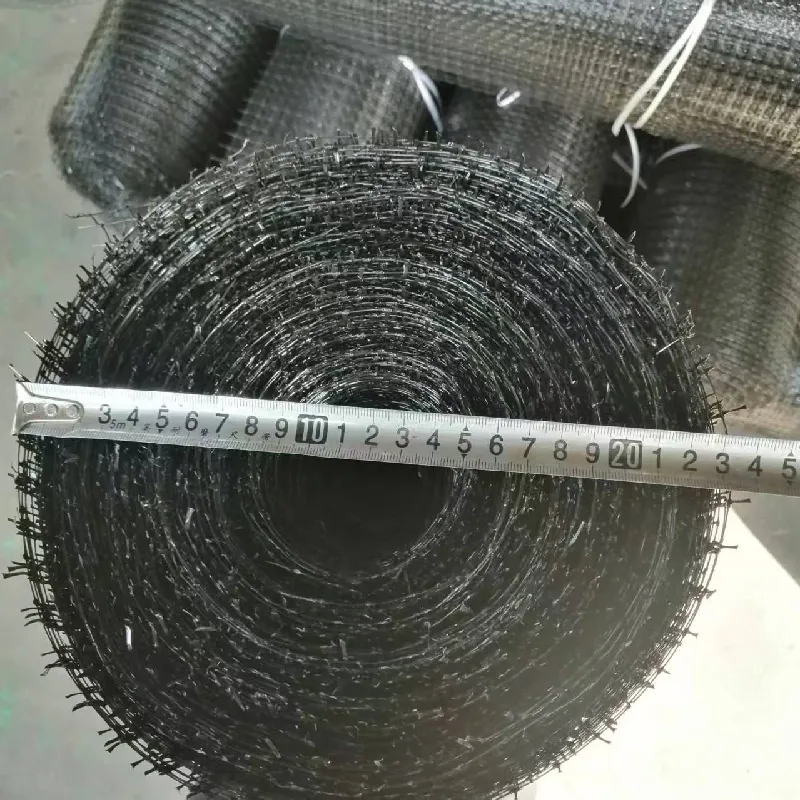-
 Afrikaans
Afrikaans -
 Albanian
Albanian -
 Amharic
Amharic -
 Arabic
Arabic -
 Armenian
Armenian -
 Azerbaijani
Azerbaijani -
 Basque
Basque -
 Belarusian
Belarusian -
 Bengali
Bengali -
 Bosnian
Bosnian -
 Bulgarian
Bulgarian -
 Catalan
Catalan -
 Cebuano
Cebuano -
 China
China -
 Corsican
Corsican -
 Croatian
Croatian -
 Czech
Czech -
 Danish
Danish -
 Dutch
Dutch -
 English
English -
 Esperanto
Esperanto -
 Estonian
Estonian -
 Finnish
Finnish -
 French
French -
 Frisian
Frisian -
 Galician
Galician -
 Georgian
Georgian -
 German
German -
 Greek
Greek -
 Gujarati
Gujarati -
 Haitian Creole
Haitian Creole -
 hausa
hausa -
 hawaiian
hawaiian -
 Hebrew
Hebrew -
 Hindi
Hindi -
 Miao
Miao -
 Hungarian
Hungarian -
 Icelandic
Icelandic -
 igbo
igbo -
 Indonesian
Indonesian -
 irish
irish -
 Italian
Italian -
 Japanese
Japanese -
 Javanese
Javanese -
 Kannada
Kannada -
 kazakh
kazakh -
 Khmer
Khmer -
 Rwandese
Rwandese -
 Korean
Korean -
 Kurdish
Kurdish -
 Kyrgyz
Kyrgyz -
 Lao
Lao -
 Latin
Latin -
 Latvian
Latvian -
 Lithuanian
Lithuanian -
 Luxembourgish
Luxembourgish -
 Macedonian
Macedonian -
 Malgashi
Malgashi -
 Malay
Malay -
 Malayalam
Malayalam -
 Maltese
Maltese -
 Maori
Maori -
 Marathi
Marathi -
 Mongolian
Mongolian -
 Myanmar
Myanmar -
 Nepali
Nepali -
 Norwegian
Norwegian -
 Norwegian
Norwegian -
 Occitan
Occitan -
 Pashto
Pashto -
 Persian
Persian -
 Polish
Polish -
 Portuguese
Portuguese -
 Punjabi
Punjabi -
 Romanian
Romanian -
 Russian
Russian -
 Samoan
Samoan -
 Scottish Gaelic
Scottish Gaelic -
 Serbian
Serbian -
 Sesotho
Sesotho -
 Shona
Shona -
 Sindhi
Sindhi -
 Sinhala
Sinhala -
 Slovak
Slovak -
 Slovenian
Slovenian -
 Somali
Somali -
 Spanish
Spanish -
 Sundanese
Sundanese -
 Swahili
Swahili -
 Swedish
Swedish -
 Tagalog
Tagalog -
 Tajik
Tajik -
 Tamil
Tamil -
 Tatar
Tatar -
 Telugu
Telugu -
 Thai
Thai -
 Turkish
Turkish -
 Turkmen
Turkmen -
 Ukrainian
Ukrainian -
 Urdu
Urdu -
 Uighur
Uighur -
 Uzbek
Uzbek -
 Vietnamese
Vietnamese -
 Welsh
Welsh -
 Bantu
Bantu -
 Yiddish
Yiddish -
 Yoruba
Yoruba -
 Zulu
Zulu
gfrp mesh
Understanding GFRP Mesh A Revolutionary Material in Reinforcement Technology
Glass Fiber Reinforced Polymer (GFRP) mesh is rapidly gaining traction in various construction and engineering applications due to its remarkable properties and advantages over conventional materials. This innovative composite combines the strength of glass fibers with the lightweight, corrosion-resistant characteristics of polymers, making it an ideal choice for reinforcing structures in challenging environments.
What is GFRP Mesh?
GFRP mesh is a network of interwoven glass fibers encased in a polymer matrix. The glass fibers provide the tensile strength necessary to withstand heavy loads, while the polymer ensures durability and resistance to chemical corrosion. This combination results in a product that is not only strong but also exceptionally lightweight, allowing for easier handling and installation.
Advantages of GFRP Mesh
1. Corrosion Resistance Unlike traditional steel reinforcement, GFRP mesh is impervious to rust and corrosion, a significant advantage in harsh environments where moisture, chemicals, and salt exposure are common. This property extends the lifespan of structures, reducing maintenance costs significantly.
2. Lightweight GFRP is approximately one-fourth the weight of steel, which makes it easier to transport and install. This lightweight characteristic is especially beneficial in applications where reducing structural load is crucial, such as in bridge or marine constructions.
3. High Strength-to-Weight Ratio GFRP mesh combines high tensile strength with its lightweight nature, making it suitable for various applications without the need for heavy structural supports.
4. Thermal and Electrical Insulation The polymer component of GFRP provides excellent insulating properties, making it ideal for environments where thermal or electrical conductivity is a concern. This feature is particularly valued in applications such as electrical enclosures and thermal insulation panels.
5. Design Flexibility GFRP mesh can be manufactured in various sizes and shapes, offering architects and engineers the freedom to innovate in their designs without compromising structural integrity.
Applications of GFRP Mesh
gfrp mesh

The versatility of GFRP mesh extends to numerous sectors
- Construction It is prominently used in the reinforcement of concrete structures, such as buildings, bridges, and tunnels. Its corrosion resistance makes it particularly valuable in coastal and industrial settings.
- Infrastructure GFRP mesh is increasingly employed in the repair and strengthening of existing infrastructure. Its lightweight nature reduces the burden on aging structures while offering enhanced resilience.
- Marine Engineering Given its anti-corrosive properties, GFRP mesh is ideal for use in marine environments, such as docks and piers, where traditional materials may fail due to saltwater exposure.
- Transportation In the transportation sector, GFRP mesh is utilized in various applications, including roadways and railway platforms, providing durability without adding excess weight.
Challenges and Future Prospects
Despite its advantages, the adoption of GFRP mesh is not without challenges. The initial cost of GFRP materials can be higher than traditional options, though it is important to consider the long-term savings in maintenance and replacement. Additionally, the manufacturing process of GFRP requires specialized knowledge and equipment, which may limit its accessibility in some markets.
As technology advances and production methods become more efficient, it is expected that the use of GFRP mesh will continue to grow. Researchers are also exploring ways to enhance its properties further and to develop eco-friendly production practices.
Conclusion
GFRP mesh is transforming the landscape of construction and engineering with its unique combination of strength, durability, and lightweight characteristics. As industries increasingly seek sustainable and innovative solutions, GFRP mesh stands out as a promising alternative to traditional reinforcement methods, paving the way for a more resilient and efficient future in structural engineering. Its ability to withstand the challenges posed by modern environmental conditions ensures its place as a cornerstone material in the years to come.
-
Shipping Plastic Bags for Every NeedNewsJul.24,2025
-
Safety Netting: Your Shield in ConstructionNewsJul.24,2025
-
Plastic Mesh Netting for Everyday UseNewsJul.24,2025
-
Nylon Netting for Every UseNewsJul.24,2025
-
Mesh Breeder Box for Fish TanksNewsJul.24,2025
-
Expanded Steel Mesh Offers Durable VersatilityNewsJul.24,2025











